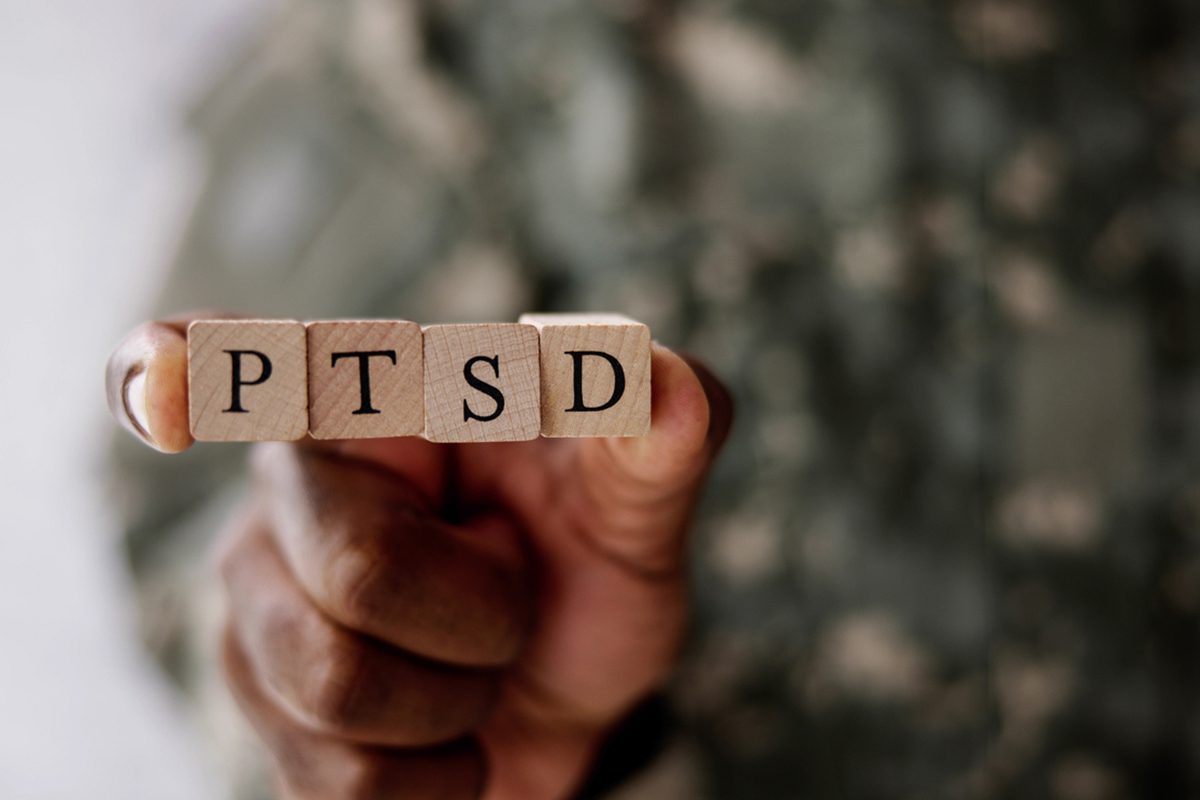Method: Of the 75 subjects originally surveyed, 58 (77%) responded. The survey included measures of dissociation (Dissociative Experiences Scale, Cambridge Depersonalization Scale, Clinician-Administered Dissociative States Scale), posttraumatic stress (Impact of Event Scale-Revised), social support (Interpersonal Support Evaluation List-short form), and a life quality measure (Quality of Life Enjoyment and Satisfaction Questionnaire-short form). We hypothesized that dissociative versus posttraumatic symptoms at follow-up could be dissected on the basis of early reactions.
Results: Responders and nonresponders did not differ in baseline characteristics. Exposure was not associated with dissociation or posttraumatic stress at follow-up. Of distress, dissociation, and posttraumatic stress at baseline, baseline dissociation was the strongest predictor of outcome dissociation while baseline posttraumatic stress was the strongest predictor of outcome posttraumatic stress. Of 4 peritraumatic distress factors generated in the original survey, “loss of control” and “guilt/shame” were significantly related to dissociation and posttraumatic stress at outcome, while “helplessness/anger” was only associated with posttraumatic stress at outcome. Lesser improvement in posttraumatic stress over the first year was significantly related to less social support and greater comorbid dissociation. Interim social support was associated with better life quality and fewer symptoms at outcome.
Conclusion: There was evidence for partly independent pathways toward dissociation versus posttraumatic stress 1 year after the disaster. Feelings of guilt and shame, and persistent dissociation, were poor prognostic factors, while social support had a powerful ameliorating influence. ‘ ‹
Please sign in or purchase this PDF for $40.00.




